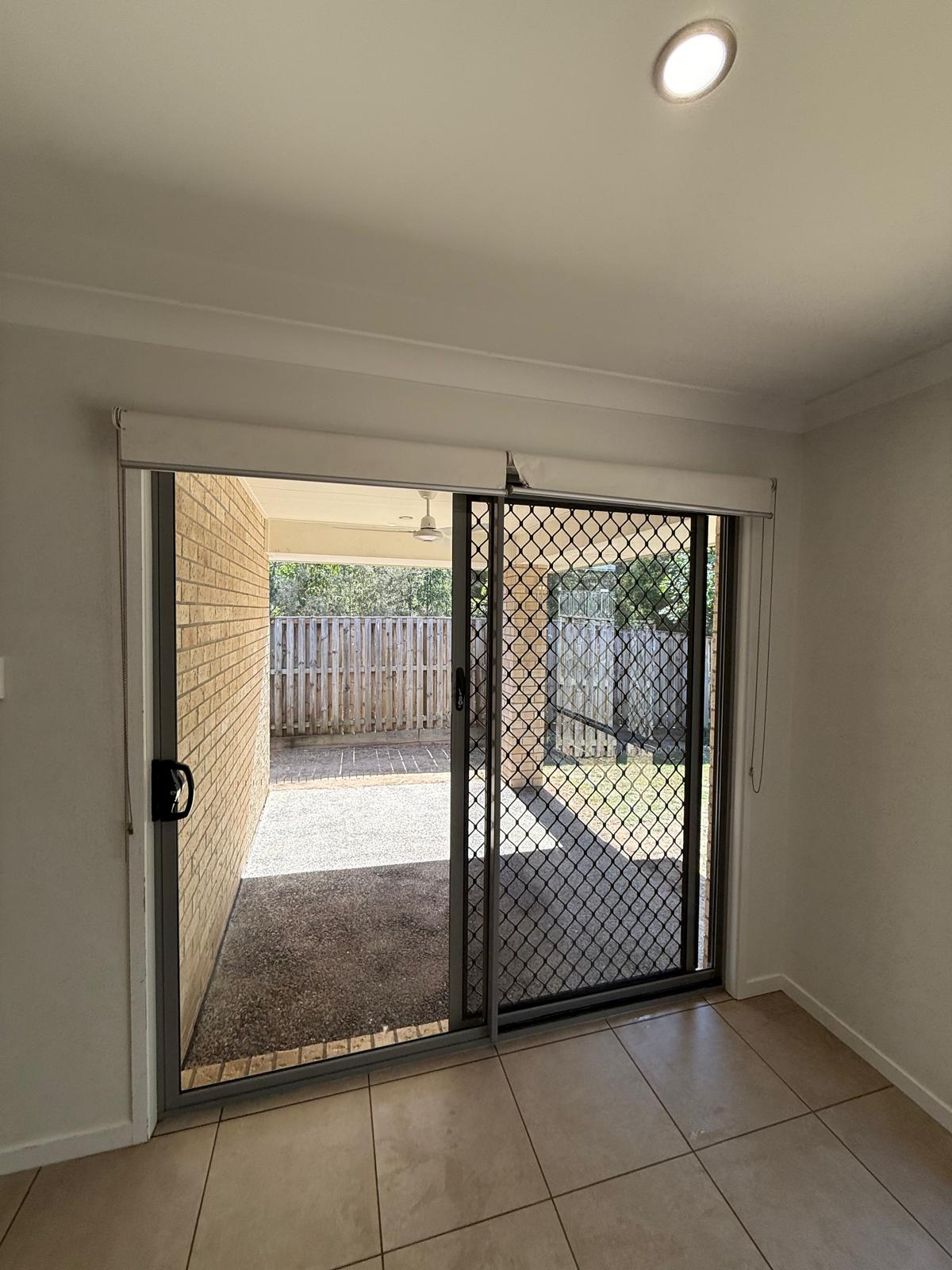Going green shouldn’t mean giving up on results. In Australia, there are plenty of eco-friendly cleaning products that clean brilliantly and keep harsh chemicals out of your home and waterways. This guide breaks down what “eco-friendly” really means, how to spot credible certifications, which ingredients to look for (and avoid), and the best product types for kitchens, bathrooms, glass, floors, and laundry—plus a few smart DIY options.
TL;DR — What to Buy (and Why)
-
Look for: Plant-based surfactants (e.g., glucosides), citric acid, hydrogen peroxide (3%), bicarbonate (baking soda), ethanol (for sanitising), and fragrance-free or low-allergen options.
-
Avoid: Chlorine bleach for routine use, ammonia, phosphates, optical brighteners, and heavy synthetic fragrances (especially “parfum” without disclosure).
-
Trust signals (AU): GECA certification (Good Environmental Choice Australia), ingredient transparency, recyclable packaging, and concentrate/refill systems.
What “Eco-Friendly” Should Mean (Beyond the Label)
An eco claim should be backed by:
-
Safer chemistry: Low aquatic toxicity, readily biodegradable surfactants, and minimal volatile organic compounds (VOCs).
-
Human health in mind: Low irritancy; reduced allergens; fragrance transparency.
-
Lifecycle thinking: Recycled or recyclable packaging, concentrates to cut plastic and transport emissions, and responsible manufacturing.
-
Real cleaning power: Products must meet basic performance standards (otherwise you just use more, which isn’t eco at all).
Certifications & Trust Marks in Australia
-
GECA (Good Environmental Choice Australia): Looks at toxicity, biodegradability, packaging, and performance categories.
-
Ingredient transparency: Full INCI/common-name lists, allergy notes, and clear usage directions.
-
Australian Made/Owned: Not a safety standard, but can reduce transport miles and support local compliance.
Tip: A single green leaf icon or buzzword isn’t proof. Third-party certification + full ingredient disclosure is the strongest combo.
Ingredients That Work (And Why)
Keep
-
Plant-based surfactants (e.g., decyl/lauryl glucoside): Lift grease without harsh residues; typically readily biodegradable.
-
Citric acid: Cuts limescale, soap scum, and mineral haze; great in bathrooms and kettles.
-
Hydrogen peroxide (≈3%): Oxidises stains and helps with bathroom mould spots; breaks down to oxygen and water.
-
Sodium bicarbonate (baking soda): Mild abrasive + odour control; excellent for ovens and sinks.
-
Ethanol (plant-derived): Fast-evaporating cleaner for glass and benches.
-
Vinegar (white): Good for glass and general descaling (avoid on marble, natural stone, or some sealed surfaces).
Limit/Avoid
-
Chlorine bleach (sodium hypochlorite): Powerful, but high irritancy and corrosive; reserve for specific disinfection needs.
-
Ammonia: Strong fumes; can react with chlorine; not family-friendly.
-
Phosphates: Eutrophication risk in waterways (mostly phased out in AU laundry products—still check).
-
Heavy synthetic fragrances & undisclosed “parfum”: Trigger for headaches/asthma; choose fragrance-free or essential-oil light.
Room-by-Room: What to Use
Kitchen (Grease & Food Contact)
-
Everyday benches/splashbacks: Plant-based multi-purpose spray (glucoside + ethanol/water).
-
Cooktops/ovens: Paste of bicarbonate + a splash of water; leave, then wipe. For tough spots, follow with a small amount of peroxide.
-
Stainless steel: Microfibre + ethanol/water mix; polish with a dry cloth.
-
Fridge/interior surfaces: Fragrance-free cleaner or warm soapy water; rinse well.
Bathroom (Soap Scum, Calcium, Mould Spots)
-
Shower screens/tiles: Citric acid or vinegar cleaner to dissolve mineral build-up; squeegee after showers to prevent haze.
-
Grout & silicone spots: Hydrogen peroxide applied carefully; allow dwell time.
-
Toilets: Low-acid, plant-based toilet cleaner; target under the rim and hinges.
Glass & Mirrors
-
Ethanol + deionised water spray (or a pre-made eco glass cleaner); polish with a clean microfibre. Streak-free and fast drying.
Floors
-
Sealed hard floors: Mild plant-based floor concentrate; avoid “over-sudsing” (residue attracts dirt).
-
Timber/laminate: Damp—not wet—mopping; check the manufacturer’s care guide.
Laundry
-
Eco liquid detergents (low-allergen): Readily biodegradable surfactants; skip optical brighteners.
-
Stain pre-treat: Peroxide-based or enzyme spotter; cold water first for protein stains.
Green Packaging & Cost-Saving Tips
-
Concentrates + refills: Reduce plastic and shipping emissions.
-
Bulk jerrycans for businesses: Cut cost per litre and waste.
-
Trigger heads you keep: Buy refills in pouches/bottles, reuse sprayers.
-
Microfibre cloths & good tools: Better tools = less chemical needed.
Simple DIY Recipes (Home-Safe Basics)
Always label bottles, store away from kids/pets, use cold water for peroxide mixes, and spot-test surfaces.
-
Glass & mirror spray: 1 cup water + 1 cup ethanol (or 50/50 methylated spirits)*. Light mist, wipe with microfibre.
-
Limescale remover: 1 cup warm water + ½ cup white vinegar + 1 tbsp citric acid (optional). Rinse well; avoid on stone.
-
Cream scrub (sinks/ovens): 3 tbsp bicarbonate + a little water to form a paste. Wipe clean and rinse.
* If using methylated spirits, ensure good ventilation and avoid food-contact surfaces until fully evaporated.
Performance Myths, Busted
-
“Eco doesn’t clean.” Quality eco products perform as well as conventional for day-to-day soil when used correctly (dwell time matters).
-
“More foam = more clean.” Foam looks satisfying but isn’t performance. Focus on contact time and agitation.
-
“Vinegar kills everything.” Vinegar is a cleaner/descaler, not a hospital-grade disinfectant. For sanitising, follow your local guidelines.
Buying Checklist (Australia)
-
GECA-certified where applicable.
-
Full ingredient list (common names are fine).
-
Clear directions including dwell times and precautions.
-
Refill/concentrate option and recyclable packaging.
-
Fragrance-free variant for sensitive households.
FAQs
Will eco cleaners remove mould?
They help with surface mould and staining (peroxide is excellent). For serious infestations, improve ventilation, fix moisture sources, and consider professional remediation.
Are essential oils safe?
They’re natural but still potent—use sparingly. Choose fragrance-free in homes with asthma, allergies, or babies.
Can I use vinegar on everything?
No—avoid natural stone (marble, travertine) and some sealed surfaces. Always spot-test.
Do eco products cost more?
Concentrates and refills often make eco cleaning cheaper per use, especially with quality tools (microfibre, squeegee, CRB for carpets).


 Blog
Blog